Standards (ISO/GB/EU)
JB/T 8219—2016 Standard for Ordinary and Intelligent Electric Actuators Used in Industrial Process Control Systems
Table of Contents Preface 1 Scope 2 Normative References 3 Terms and Definitions 4 Product Classification and Basic Parameters 4.1 Product Classification 4.2 Basic Parameters 5 Basic Functions of Intelligent Actuators 5.1 Display Function 5.2 Parameter Setting Function 5.3 On-Site Configuration Function 5.4 Fault Self-Diagnosis and Alarm Function 5.5 Communication Function 5.6 Other Functions 6 Requirements 6.1 Basic Performance Requirements 6.2 Performance Requirements Affected by Influencing Factors 6.3 Appearance 6.4 Protection Level of the Enclosure 6.5 Explosion-Proof Performance 7 Test
EN15714-2 Classification of Electric Actuator Control (Duty)
Control Duty Classifications: Class A: ON-OFF Type (On/Off) Function: The actuator is required to drive the valve through its entire stroke from fully open to fully closed (and vice versa). Typical Use: Applications where valves are either fully open or fully closed. Class B: Fine-Tuning/Positioning Adjustment Type Function: The actuator occasionally moves the valve to any position (fully open, intermediate,
Enclosure Protection Ratings (UL, CSA, NEMA)
The protection ratings for enclosures defined by UL, CSA, and NEMA are categorized as follows. While the classifications are generally similar, there are minor differences in the details, so it is advisable to refer to the specific standards for more precise information. Type Classification Definition 1 General For indoor use, providing protection for enclosed components under normal conditions, without abnormal
Actuator IP Dust and Water Protection Rating
IP Protection Rating DefinitionThe IP (Ingress Protection) rating defines the protection level of a product’s enclosure against the intrusion of solid objects (such as tools, fingers, dust, etc.) and the ingress of water (from condensation, washing, immersion, etc.). The two digits following “IP” indicate the protection levels for solid objects and water intrusion. The first digit represents the dust protection
Technical Articles
Comparison of Interference Resistance Performance: 4-20mA VS. 2-10V
In the application of electric actuators’ anti-interference performance, the 4-20mA analog signal significantly outperforms the 2-10V analog signal. Why is this the case? 2-10V Signal Analysis Anti-interference Diagram for 2-10V Signal (DCL Huayi Intelligent Control) As shown in the diagram above: When using 2-10V, due to the higher input resistance on the module (R=34K), the input signal current is very low (0.059mA – 0.29mA). The result is that the signal-to-noise ratio along this path is very low, which means the
When to Choose a Process Control Actuator?
Application Background of Process Control Actuators In many process control systems, it is necessary to achieve highly accurate and consistent control of the flow rate of liquids or gases through an automated control system (PLC/DCS). Due to the high precision required, such systems often need to make continuous and precise small adjustments to control valves when implementing closed-loop control. In
Electromagnetic Interference Testing for Electric Actuators (EFT)
The Increasingly Harsh Electromagnetic Environment in Industrial Sites As industrial electrification and intelligence continue to advance, an increasing number of high-power electrical devices (such as kilowatt-level motors, frequency converters, and inverters) are being integrated into industrial process control systems. Consequently, the electromagnetic environment in industrial sites is becoming more complex. In such a challenging electromagnetic environment, how can we improve
Common Types of Valves and Their Features
Butterfly Valve Working Principle: A butterfly valve uses a disc to control the flow of fluids or gases. The disc is mounted on a shaft, and when the handle is turned, the disc rotates 90 degrees to allow or block the flow. Features: Simple structure, compact size, low flow resistance, commonly used in large flow and low-pressure applications. Ball Valve

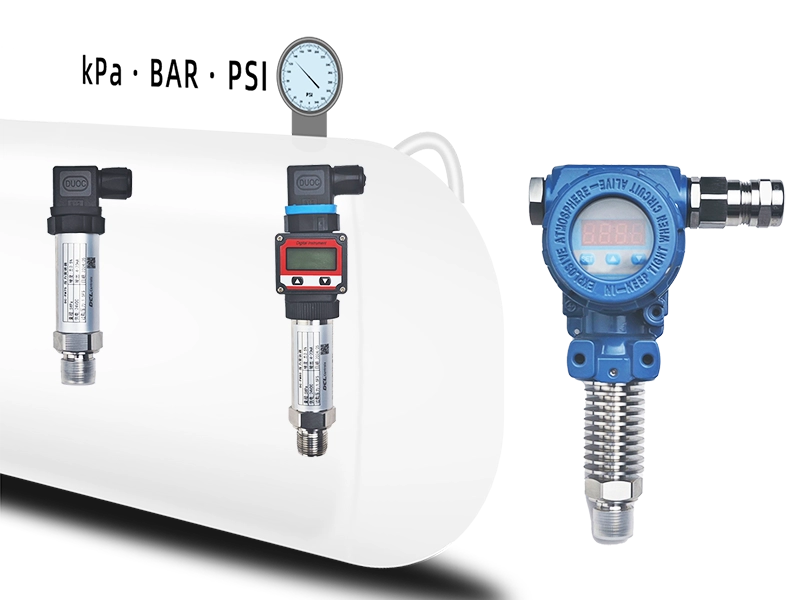
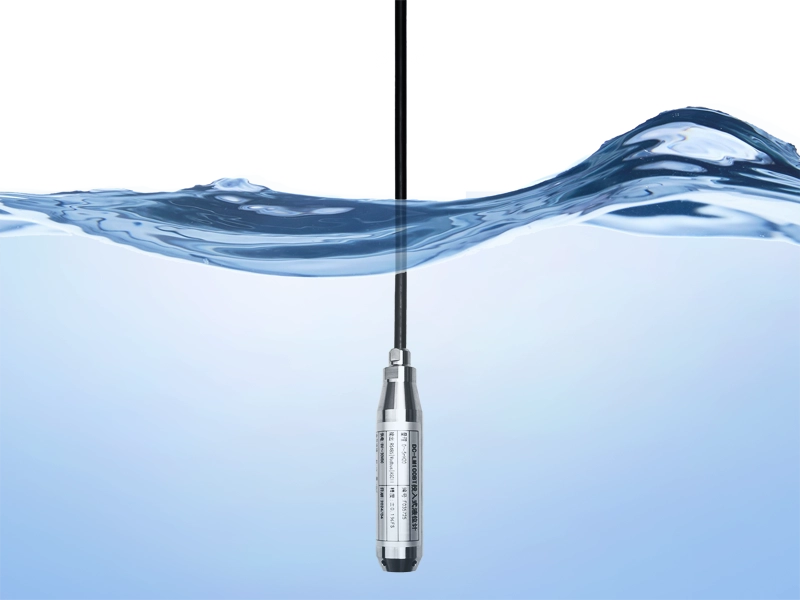





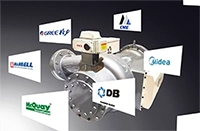


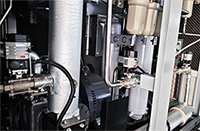



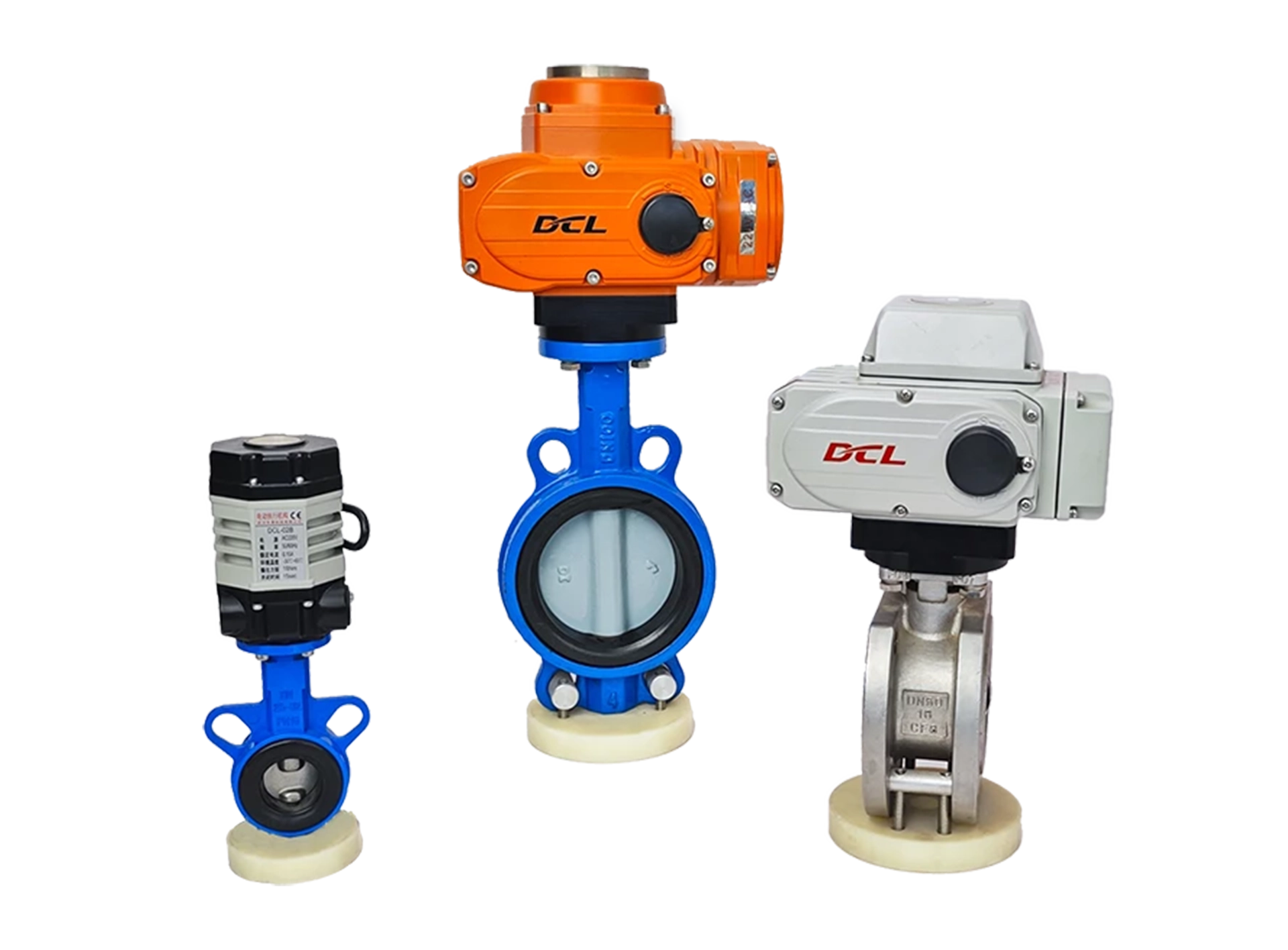












 鄂公网安备 42018502006527号
鄂公网安备 42018502006527号